Russia and Iran have announced a new coalition to defend Syrian Bashar al-Assad so that they can defeat the ISIS. So, move over America and let the Russian show you how to fight the jihadists. Moscow has already moved fighter jets and tanks into Syria so Putin is dead serious about kicking some butts in the region.
Iran is expected to play a supportive role considering the country’s sovereign debt. Iran’s first priority is stepping up efforts to implement the nuclear deal by January next year (2016) so that Hassan Rouhani administration can enjoy the fruits from decades-old sanctions relief. In fact, European and American firms are queuing to enter Iran’s lucrative 80 million markets.
While the first thing Iranians want are McDonald’s, the centrist government of Hassan Rouhani is struggling with debts it inherited from its populist predecessor, Mahmoud Ahmadinejad. Thanks to the former sixth president who ruled from 2005 to 2013, Tehran owes 1,000 trillion rials (US$33.3 billion; £21.9 billion; RM147 billion) to the banking system.
The lower revenue from falling oil prices doesn’t help the situation, and judging by the futures of crude oil, the problem isn’t going away anytime soon. Enter Islamic Treasury Bills, Iran’s version of short-term sovereign debt, the first of its kind. The Iranian government is offering up to US$300 million shariah law-compliant debt papers.
Obviously, the amount is not too much but it comes with an attractive interest rate higher than the official bank deposit rate, which is about 20%. The public offering is to test water and to gauge the international community’s acceptance to the government’s attempt to raise money. If the one-year bonds is a success, Iran will raise another US$600 million through such financial instrument.
According to Financial Times, the Central Bank of Iran is allowed by the Monetary and Credit Council – a decision-making body – to issue 100 trillion rials (US$3.3 billion) of bonds in the current year to the end of March 2016, about 10% of the country’s financial system’s debt. Early in May, the Central Bank of Iran slashed banks maximum interest rate from 22% to 20%.
However, one has to remember that the inflation in Iran is at double-digit. It was as high as 42% in mid-2013 and has since dropped to 14.2% in July 2015. Interestingly, some illegal financial institutions – as many as 2,000 – in the grey market can offer interest rate as high as 30%. And some of them operate Ponzi schemes, without serious crackdowns from Tehran.
Other Articles That May Interest You …
- Not “Act Of God” – Iran Accuses Stampede Due To Roads Closure For VVIP
- 20 Crazy Facts About Lord Pablo Escobar You May Not Know
- U.S. & Europe Have Done More For Muslim Refugees Than 6 Wealthiest Gulf Nations Combined
- Saudi Has 100,000 Unused Air-Conditioned Tents, But Won’t Help Refugees
- The Glory Days Are Over – OPEC Warlord Saudi Has Started Borrowing
- Forget About Nuclear Deal – Iranians Want iPhone & McDonald’s
- UFUN Ponzi Scheme – Did Nazifuddin Son Of PM Najib Razak Lie?
- Exposed – The Hidden Lives Of The Rich Kids Of Tehran

|
|
September 28th, 2015 by financetwitter
|


|

|

|

|

|

|






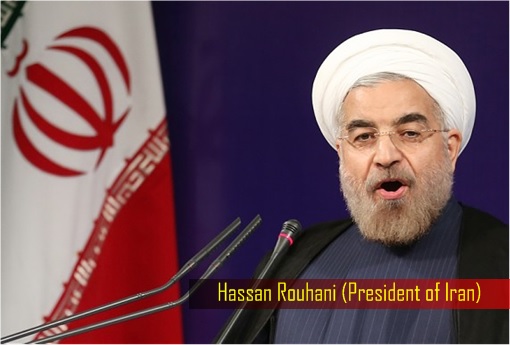
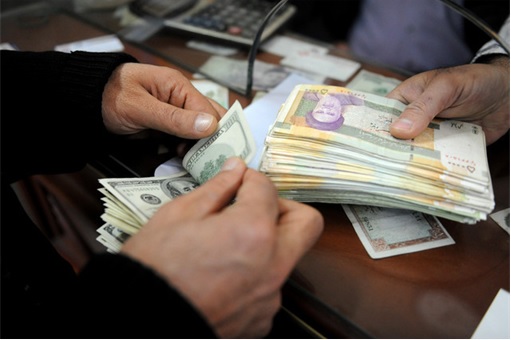
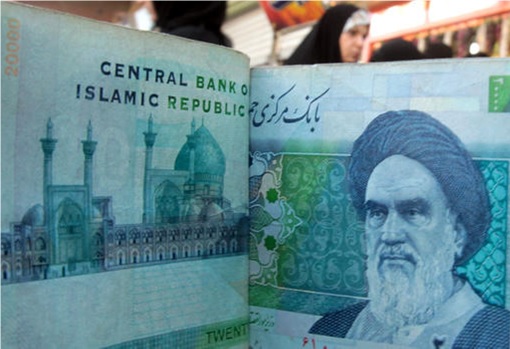

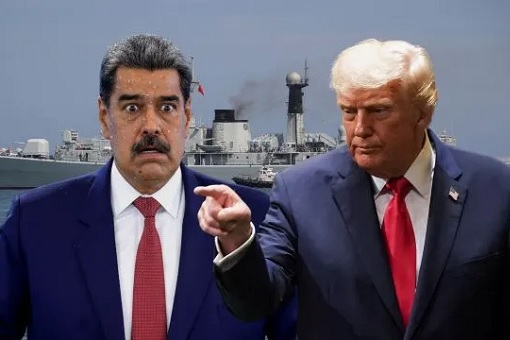
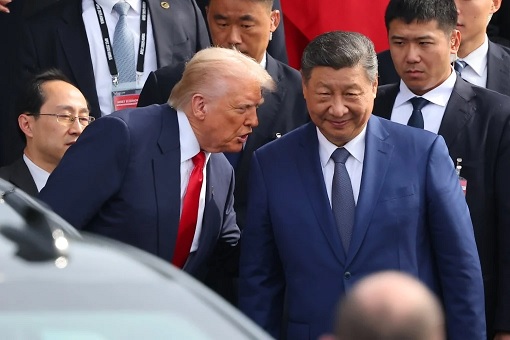
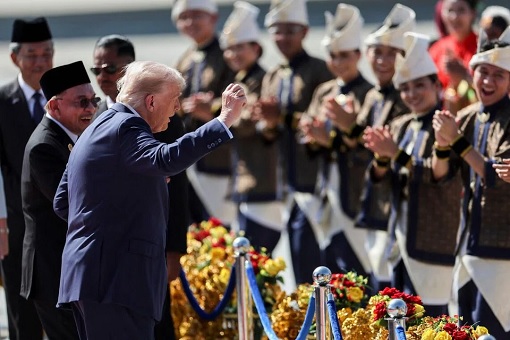

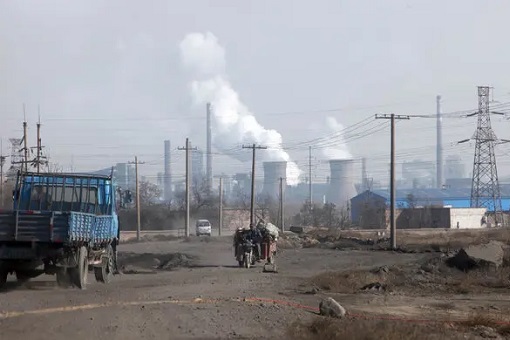

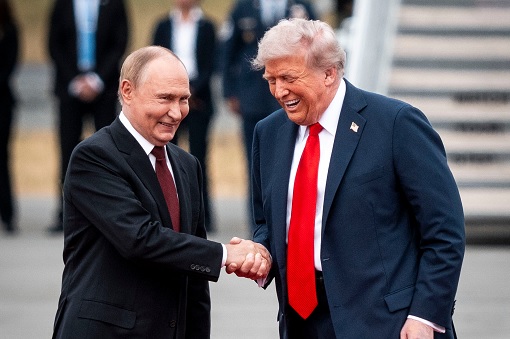

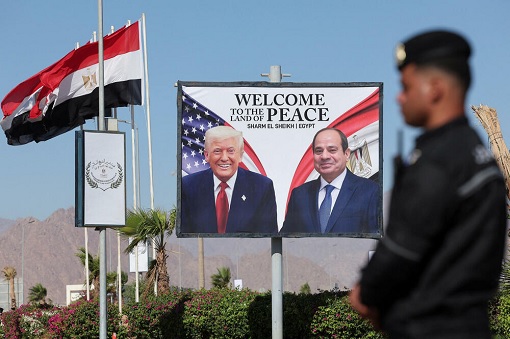




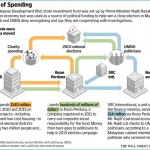







Comments
Add your comment now.
Leave a Reply